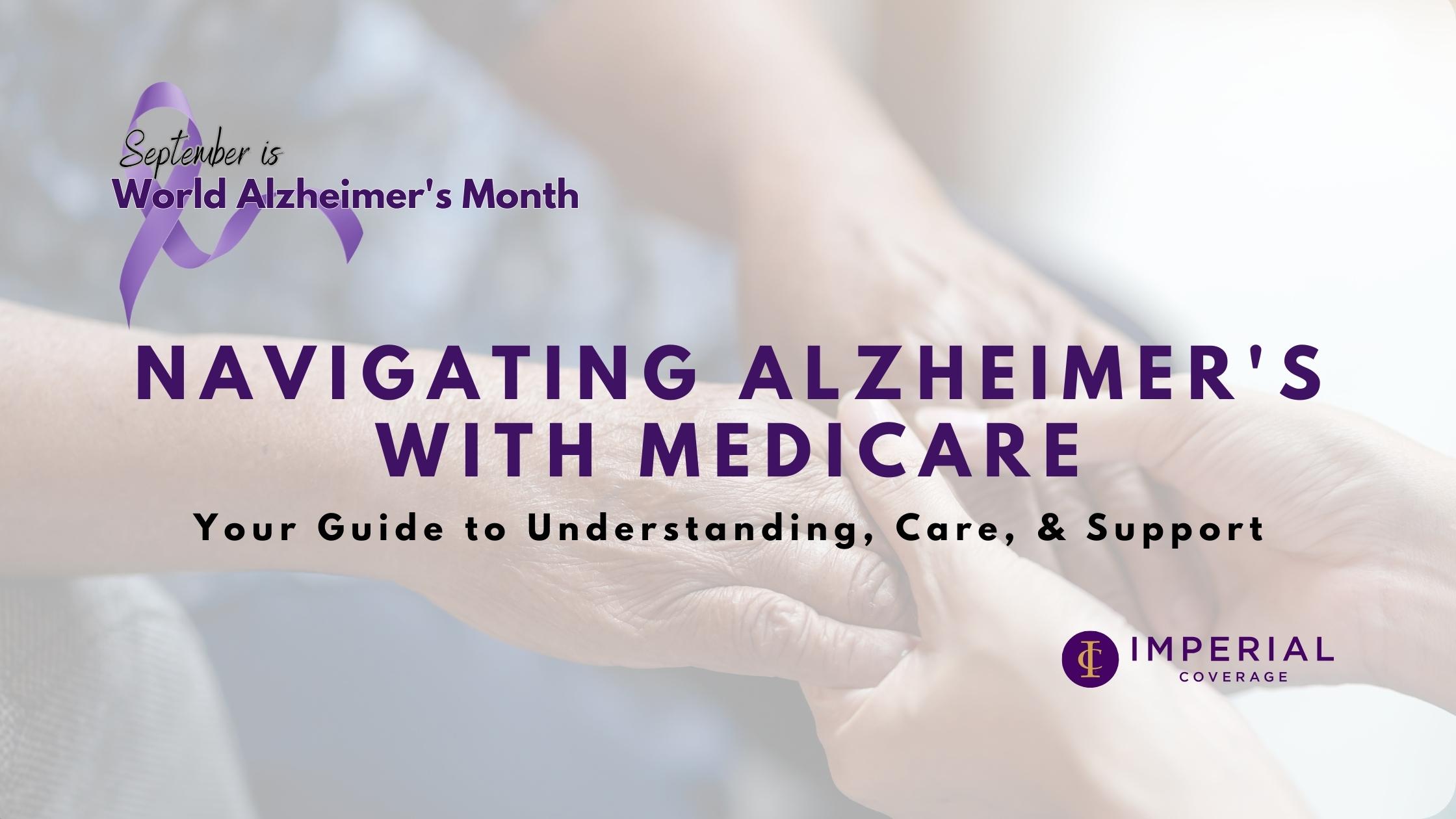On May 1, 2022, the U.S. Department of Homeland Security (DHS) ended the COVID-19 Temporary Policy for List B Identity Documents. As a result, employers are no longer allowed to accept expired List B documents when individuals fill out their Form I-9. In addition, if an employee presented an expired List B document between May 1, 2020, and April 30, 2022, employers are required to update their Form I-9 by July 31, 2022.
Remote Work
Tracking Hours of Work for Remote Workers
On Aug. 24, 2020, the U.S. Department of Labor (DOL) issued Field Assistance Bulletin No. 2020-5 to remind employers of their obligation to accurately account for the number of hours their employees work away from the employer’s facilities. While the bulletin was issued in response to the high number of employees working remotely because of the COVID-19 pandemic, the DOL is also reminding employers that the underlying principles apply to other telework or remote work arrangements.
The Fair Labor Standards Act (FLSA) generally requires employers to compensate their employees for all hours worked, including overtime hours. As the Department’s interpretive rules explain, “work not requested but suffered or permitted is work time” that must be compensated.
This principle applies equally to work performed away from the employer’s worksite or premises, such as telework performed at the employee’s home. If the employer knows or has reason to believe that the work is being performed, he must count the time as hours worked.
Control Over Hours Worked
The FLSA requires an employer to “exercise its control and see that the work is not performed if it does not want it to be performed” (29 C.F.R. § 785.13). The employer bears the burden of preventing work when it is not desired, and “[t]he mere promulgation of a rule against such work is not enough. Management has the power to enforce the rule and must make every effort to do so.”
One way an employer may exercise such diligence is by providing a reasonable reporting procedure for nonscheduled time and then compensating employees for all reported hours of work, even hours not requested by the employer.
If an employee fails to report unscheduled hours worked through such a procedure, the employer is not required to undergo impractical efforts to investigate further to uncover unreported hours of work and provide compensation for those hours. However, an employer’s time reporting process will not constitute reasonable diligence where the employer either prevents or discourages an employee from accurately reporting the time he or she has worked, and an employee may not waive his or her rights to compensation under the Act.
Work that an employer did not request but nonetheless “suffered or permitted” is therefore compensable. “Employers must, as a result, pay for all work they know about, even if they did not ask for the work, even if they did not want the work done, and even if they had a rule against doing the work.”
Constructive Knowledge
If the employer knows or has reason to believe that work is being performed, the time must be counted as hours worked. An employer may have actual or constructive knowledge of additional unscheduled hours worked by their employees, and courts consider whether the employer should have acquired knowledge of such hours worked through reasonable diligence.
The FLSA’s standard for constructive knowledge in the overtime context is whether an employer has reason to believe work is being performed. An employer may have constructive knowledge of additional unscheduled hours worked by their employees if the employer should have acquired knowledge of such hours through reasonable diligence.
Importantly, “[t]he reasonable diligence standard asks what the employer should have known, not what it could have known.” One way an employer generally may satisfy its obligation to exercise reasonable diligence to acquire knowledge regarding employees’ unscheduled hours of work is “by establishing a reasonable process for an employee to report uncompensated work time.”
But the employer cannot implicitly or overtly discourage or impede accurate reporting, and the employer must compensate employees for all reported hours of work. Additionally, if an employer is otherwise notified of work performed through a reasonable method, or if employees are not properly instructed on using a reporting system, then an employer may be liable for those hours worked.
Failure to Report Hours of Work
As mentioned before, if an employee fails to report unscheduled hours worked through such a procedure, the employer is generally not required to investigate further to uncover unreported hours.
Though an employer may have access to non-payroll records of employees’ activities, such as records showing employees accessing their work-issued electronic devices outside of reported hours, reasonable diligence generally does not require the employer to undertake impractical efforts, such as sorting through this information, to determine whether its employees worked hours beyond what they reported.
This is not to say that consultation of records outside of the employer’s timekeeping procedure may never be relevant. Depending on the circumstances, it could be practical for the employer to consult such records. If so, those records would form the basis of constructive knowledge of hours worked.
“When the employee fails to follow reasonable time reporting procedures [he or] she prevents the employer from knowing its obligation to compensate the employee.” Moreover, where an employee does not make use of a reasonable reporting system to report unscheduled hours of work, the employer is thwarted from preventing the work to the extent it is unwanted, if the employer is not otherwise notified of the work and is not preventing employees from using the system. And the employer could not have “suffered or permitted” work it did not know and had no reason to believe was being performed.
Accordingly, failure to compensate an employee for unreported hours that the employer did not know about, nor had reason to believe was being performed, does not violate the FLSA.
Verification of Employment Authorization Documents (Form I-9)
On March 19, 2020, the U.S. Department of Homeland Security (DHS) announced it will allow employers that are operating remotely to conduct a remote verification of approved Form I-9 documents. Because of ongoing COVID-19 concerns DHS has extended the Form I-9 requirement flexibilities to Oct. 31, 2022.
Physical Inspection
Employers must complete and sign Section 2 of Form I-9 within three business days of the employee’s first day of employment. Employers are required to physically examine the documents the employee presents from the list of acceptable documents to prove his or her employment eligibility.
Remote Verification
The exemption also applies only to employers that are operating remotely due to COVID-19 and new hires affected by quarantine or lockdown protocols. The exemption does not apply to employers that have employees physically present at a work location.
Under the exemption, employers must complete a remote inspection of approved documents within three business days and enter “COVID-19” as the reason for the physical inspection delay. Employers that use this exemption must also keep written documentation of their remote onboarding and telework policy for each employee.
Within three days of when normal operations resume, all employees who were onboarded using remote verification must present their approved documents for a physical inspection. When this happens, employers will need to add “documents physically examined” with the date of inspection to affected I-9 forms.
Expired List B Documents
On May 1, 2022, the U.S. Department of Homeland Security (DHS) ended the COVID-19 Temporary Policy for List B Identity Documents. As a result, employers are no longer allowed to accept expired List B documents when individuals fill out their Form I-9. In addition, if an employee presented an expired List B document between May 1, 2020, and April 30, 2022, employers are required to update their Form I-9 by July 31, 2022.
Temporary Policy
DHS issued the temporary policy in response to the challenges many individuals experienced with renewing List B documents during the COVID-19 pandemic.
Now that document-issuing agencies have reopened and provide alternatives to in-person renewals, the DHS has ended this flexibility. Employers will need to update Form I-9 for employees who used expired documents from List B.
Required Form I-9 Updates
Employers must use the “Additional Information” field in the form’s Section 2 to enter the title, issuing authority, number and expiration date of the unexpired document. Employees may present a renewed List B document, a different List B document or a document from List A. Employers must also initial and date these changes.
Employers should note that no action is required for individuals who used expired List B documents if:
- They are no longer employed; or
- The List B document was auto-extended by the issuing authority (the document is considered unexpired when presented).

